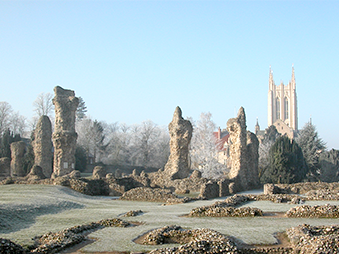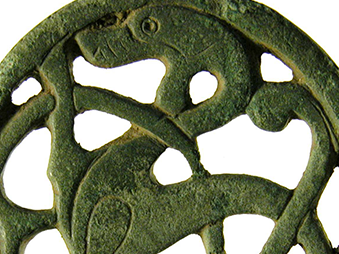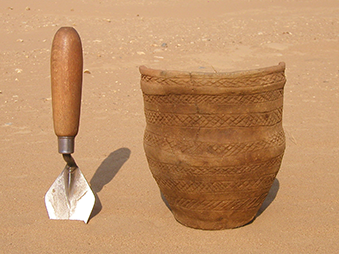West Stow has attracted the attention of antiquarians and archaeologists since 1849 when an Anglo-Saxon cemetery was discovered accidentally. The site has since been of great interest and source of extensive study of the Iron Age, Romano-British and early Anglo-Saxon periods.
Situated on the north bank of the River Lark, the multi-period site has revealed tantalising insights into the Anglo-Saxon settlement, as well as the Mesolithic flint industry, the Late Neolithic cemetery, the Iron Age settlement, the Romano-British pottery industry and the traces of Medieval field systems.
Over the course of several seasons of excavation between 1965 and 1972, West Stow was one of the most extensively excavated early Anglo-Saxon settlements in the country. The excavations revolutionised our understanding of the design and construction of timber buildings of that time. Once the excavations had finished, the unique opportunity arose to put these new interpretations to the test. An exercise in experimental archaeology that began in 1973 still continues: to date ten Anglo-Saxon buildings have been reconstructed on the site which can be visited today.
Suffolk County Council Archaeological Service provides archaeological advice to West Stow Country Park and Anglo-Saxon Village. As part of this, we are advising and involved in archaeological survey and experimental archaeology at the site as part of the Brecks Fen Edge and Rivers project.
West Stow Country Park and Anglo-Saxon Village
visit the reconstructed Anglo-Saxon Village and Museum to discover its treasures
Find Out More »
Useful publications
Some of these files may not be suitable for users of assistive technology. To request an accessible format please contact the relevant publisher directly

West Stow The Anglo-Saxon Village Volume 1 and 2
EAA 24 (1985)
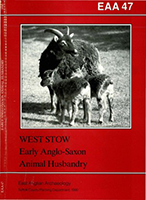
West Stow Early Anglo-Saxon Husbandry
EAA 47 (1989)

West Stow The Prehistoric and Romano-Britsh Occupations
EAA 48 (1989)
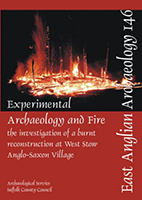
Experimental Archaeology and Fire
EAA 146 (2012)

From Hollow to House
British Archaeology (September/October 2015)
